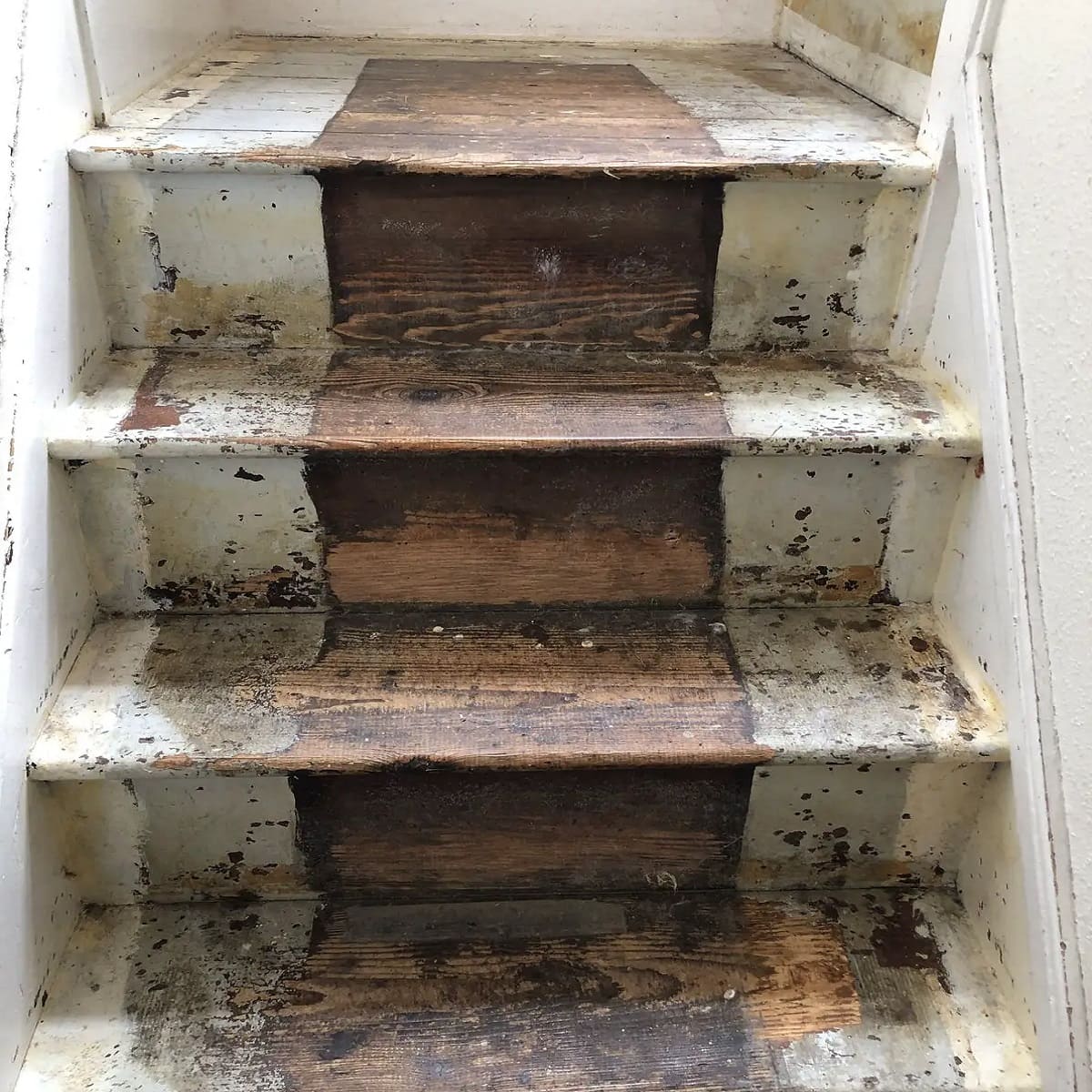

Articles
How To Remove Paint From Wooden Stairs
Modified: October 28, 2024
Discover effective methods and step-by-step guides in our articles to easily remove paint from wooden stairs.
(Many of the links in this article redirect to a specific reviewed product. Your purchase of these products through affiliate links helps to generate commission for Storables.com, at no extra cost. Learn more)
Introduction
Painted wooden stairs can add a pop of color and style to any home. However, over time, the paint can begin to chip, fade, or simply lose its appeal. If you’re looking to restore the natural beauty of your wooden stairs or simply want to change the color, knowing how to effectively remove paint from wooden stairs is essential. While the task may seem daunting, with the right supplies and methods, you can easily strip away the layers of paint and bring your stairs back to their original glory.
In this article, we will explore various methods and techniques to remove paint from wooden stairs. From traditional sanding to using heat guns, chemical paint strippers, and even natural remedies, we’ll cover all the options available to help you choose the most suitable method for your specific needs. So, let’s dive in and discover how to remove paint from wooden stairs!
Key Takeaways:
- Removing paint from wooden stairs can be accomplished using methods such as sanding, heat guns, chemical paint strippers, and natural remedies. Prioritize safety, gather the right supplies, and choose the method that best suits your needs and preferences.
- Consider hiring a professional for efficient and high-quality paint removal from wooden stairs, especially for complex projects. Always prioritize safety, follow instructions, and take necessary precautions to protect yourself and the integrity of the wood.
Read more: How To Reduce Noise From Wooden Stairs
Supplies Needed
Before you begin the paint removal process, it’s important to gather all the necessary supplies. Having the right tools will make the task easier and more efficient. Here are the essential supplies you will need:
- Protective gear: Safety glasses, gloves, and a dust mask or respirator to protect yourself from dust and chemical fumes.
- Sanding equipment: Sandpaper in various grits or a sanding block, depending on the method you choose.
- Heat gun: If you opt for the heat gun method, you will need a heat gun and a scraper.
- Chemical paint stripper: Choose a paint stripper specifically designed for use on wood. Make sure to follow the manufacturer’s instructions.
- Paint thinner or mineral spirits: These solvents can be used to soften and remove paint.
- Citrus-based paint remover: An eco-friendly alternative to chemical paint strippers.
- Vinegar and baking soda: A natural remedy for removing paint, especially useful for small areas or spots.
- Pressure washer: If you decide to use a pressure washer, you will need access to one.
- Scrapers and putty knives: These tools will help you scrape away the old paint.
- Clean rags or paper towels: Used to wipe away dust, residue, and excess paint remover.
- Bucket and water: For rinsing surfaces and cleaning tools.
- Drop cloths or plastic sheets: To protect the surrounding areas from dust and paint chips.
By having all these supplies readily available, you can ensure a smooth and successful paint removal process. Remember, it’s crucial to prioritize safety first, so be sure to use the appropriate protective gear throughout the entire process.
Method 1: Sanding
Sanding is a common and effective method for removing paint from wooden stairs. While it may require some manual effort, it is a straightforward process that yields great results. Here’s how to remove paint from wooden stairs using sanding:
- Prepare the area: Start by laying down drop cloths or plastic sheets to protect the surrounding surfaces. This will prevent dust and paint chips from spreading.
- Wear protective gear: Put on your safety glasses, gloves, and a dust mask or respirator to protect yourself from dust and debris.
- Select the right sandpaper: Choose a coarse grit sandpaper (around 80 or 100 grit) to remove the bulk of the paint. Then, switch to a finer grit sandpaper (around 120 or 150 grit) to smooth out the surface.
- Sand the stairs: Begin by sanding the painted areas using long, even strokes in the direction of the wood grain. Apply even pressure, but avoid pressing too hard, as it may damage the wood underneath. Continue sanding until you have removed all the paint and reached the bare wood.
- Switch to a finer grit: Once the paint is removed, switch to the finer grit sandpaper and go over the entire surface again. This will help smoothen any rough spots or scratches left by the coarse sandpaper.
- Clean the surface: Use a clean, damp cloth or vacuum to remove any dust and debris created during the sanding process.
- Apply a wood conditioner (optional): If desired, apply a wood conditioner to prepare the surface for staining or painting. Follow the manufacturer’s instructions for best results.
- Finish the stairs: Depending on your preference, you can either leave the stairs bare to showcase the natural wood or apply a new coat of paint or stain.
Sanding is a versatile method that can be used on both large and small areas. However, keep in mind that it can be time-consuming, especially if you have multiple coats of paint or intricate details on your stairs. In such cases, you may consider using alternative methods for paint removal. Nevertheless, if you’re up for the challenge, sanding can provide excellent results and restore your wooden stairs to their former glory.
Method 2: Heat Gun
If you’re looking for a quicker method to remove paint from wooden stairs, using a heat gun can be a highly effective option. With the application of heat, the paint softens and becomes easier to scrape off. Here’s how to remove paint from wooden stairs using a heat gun:
- Prepare the area: Just like with sanding, start by protecting the surrounding area with drop cloths or plastic sheets to catch paint chips and prevent them from spreading.
- Put on protective gear: Wear safety glasses, gloves, and a dust mask or respirator to protect yourself from fumes and debris.
- Plug in the heat gun: Plug in the heat gun and allow it to heat up according to the manufacturer’s instructions.
- Apply heat to the paint: Hold the heat gun a few inches away from the painted area and apply heat evenly. Move the heat gun in a circular motion to ensure all areas of the paint receive heat.
- Scrape off the paint: Once the paint begins to bubble and soften, use a scraper or putty knife to gently scrape off the paint. Be careful not to apply too much pressure or damage the wood underneath.
- Continue heating and scraping: Work in small sections and repeat the heating and scraping process until you’ve removed all the paint from the stairs.
- Clean the surface: Use a damp cloth or vacuum to remove any paint debris and dust left behind.
- Finish the stairs: Once the stairs are completely free of paint, you can choose to leave them as-is or apply a fresh coat of paint or stain.
Using a heat gun can be a time-saving method to remove paint from wooden stairs, especially for larger areas. However, it’s important to exercise caution and avoid holding the heat gun too close to the wood or applying excessive heat, as it can lead to scorching or damage. Additionally, be sure to work in a well-ventilated area and be mindful of the fumes emitted by the heat gun. Overall, when used correctly, a heat gun can provide excellent results and make the paint removal process more efficient.
Method 3: Chemical Paint Stripper
If you prefer a chemical-based approach to remove paint from wooden stairs, a paint stripper can be an effective solution. Paint strippers work by breaking down the bond between the paint and the wood, making it easier to remove. Here’s how to remove paint from wooden stairs using a chemical paint stripper:
- Prepare the area: As always, start by protecting the surrounding surfaces with drop cloths or plastic sheets to catch any paint chips and prevent them from spreading.
- Put on protective gear: Wear safety glasses, gloves, and a dust mask or respirator to protect yourself from chemicals and fumes.
- Choose a paint stripper: Select a chemical paint stripper suitable for use on wood. There are various types available, including brush-on, gel, or semi-paste formulas. Read and follow the instructions provided by the manufacturer.
- Apply the paint stripper: Using a brush or roller, apply a thick and even layer of the paint stripper to the painted areas of the stairs. Make sure to cover the entire surface for best results.
- Allow the stripper to work: Wait for the recommended time specified by the manufacturer. This can vary depending on the type of paint stripper used.
- Scrape off the paint: Once the paint has been softened by the paint stripper, use a scraper or putty knife to gently scrape off the paint. Start from an edge or corner and work your way across the entire surface. Be careful not to gouge or damage the wood.
- Repeat if necessary: In some cases, multiple applications of the paint stripper may be required to completely remove all layers of paint. Follow the instructions provided and repeat the process if needed.
- Clean the surface: Use a clean cloth or sponge and warm soapy water to remove any residue left by the paint stripper. Rinse thoroughly and allow the wood to dry completely.
- Finish the stairs: Once the wood is clean and dry, you can choose to leave it in its natural state or proceed with staining or painting.
When using chemical paint strippers, it is crucial to follow the manufacturer’s instructions carefully and work in a well-ventilated area. Some paint strippers can emit strong fumes, so proper ventilation is essential. Additionally, be cautious when handling the chemicals and avoid contact with your skin or eyes. With the proper precautions, a chemical paint stripper can be an effective method to remove paint from wooden stairs.
Read more: How To Remove Carpet From Stairs
Method 4: Paint Thinner or Mineral Spirits
If you’re looking for a more accessible and affordable option to remove paint from wooden stairs, paint thinner or mineral spirits can be useful solvents. They can help soften the paint and make it easier to scrape off the surface. Here’s how to use paint thinner or mineral spirits to remove paint from wooden stairs:
- Prepare the area: As always, start by protecting the surrounding area with drop cloths or plastic sheets to catch any paint chips and prevent them from spreading.
- Put on protective gear: Wear safety glasses, gloves, and a dust mask or respirator to protect yourself from chemicals and fumes.
- Choose a solvent: Select a paint thinner or mineral spirits that is compatible with the type of paint used on your stairs. Check the label or consult with a knowledgeable professional if needed.
- Apply the solvent: Pour a small amount of the paint thinner or mineral spirits onto a clean cloth or sponge. Gently rub the painted areas of the stairs, allowing the solvent to penetrate and soften the paint.
- Scrape off the paint: Once the paint has been softened by the solvent, use a scraper or putty knife to gently scrape off the paint. Work in small sections and be careful not to damage the wood underneath.
- Repeat if necessary: Depending on the thickness and number of paint layers, you may need to repeat the application of the solvent and scraping process to completely remove all the paint.
- Clean the surface: After removing the paint, use a clean cloth or sponge and warm soapy water to remove any residue left by the solvent. Rinse the wood thoroughly and allow it to dry completely.
- Finish the stairs: Once dry, you can choose to leave the stairs in their natural state or proceed with staining or painting.
When using paint thinner or mineral spirits, it’s important to work in a well-ventilated area to avoid inhaling fumes. These solvents can also be flammable, so take appropriate precautions and keep them away from open flames or sources of ignition. Additionally, be cautious when handling the solvents and avoid direct contact with your skin or eyes. Using paint thinner or mineral spirits can be an effective and budget-friendly method for removing paint from wooden stairs.
Use a paint stripper or heat gun to soften the paint, then scrape it off with a putty knife. Sand the stairs to remove any remaining paint and finish with a wood stain or sealant.
Method 5: Citrus-based Remover
If you prefer a more environmentally friendly and non-toxic option to remove paint from wooden stairs, a citrus-based remover can be a great choice. These removers are made from natural extracts and can effectively dissolve paint without harsh chemicals. Here’s how to use a citrus-based remover to remove paint from wooden stairs:
- Prepare the area: Just like with other paint removal methods, start by protecting the surrounding surfaces with drop cloths or plastic sheets to catch any paint chips.
- Put on protective gear: Wear safety glasses, gloves, and a dust mask or respirator to protect yourself from debris and fumes.
- Choose a citrus-based remover: Look for a citrus-based paint remover that is specifically formulated for use on wood. These removers are typically available in liquid or gel form.
- Apply the remover: Follow the instructions provided by the manufacturer and apply the citrus-based remover to the painted areas of the stairs. Ensure that the surface is generously coated with the remover.
- Allow the remover to work: Give the citrus-based remover enough time to penetrate and dissolve the paint. The recommended time will vary depending on the product, so refer to the instructions provided.
- Scrape off the paint: Once the paint has been loosened by the remover, use a scraper or putty knife to gently scrape off the softened paint. Work in small sections and take care not to damage the wood.
- Repeat if necessary: For stubborn or multiple layers of paint, you may need to repeat the application of the remover and scraping process to completely remove all the paint.
- Clean the surface: Use a clean cloth or sponge and warm soapy water to remove any residue left by the citrus-based remover. Rinse thoroughly and allow the wood to dry completely.
- Finish the stairs: Once the wood is dry, you can choose to leave it bare to showcase its natural beauty or proceed with applying a fresh coat of paint or stain.
Citrus-based removers are an excellent choice for those who prefer a more eco-friendly paint removal method. They are generally safe to use, emit minimal fumes, and are less harsh on the skin compared to other chemical-based removers. However, it’s still important to read and follow the instructions provided by the manufacturer and take necessary safety precautions. Overall, using a citrus-based remover can efficiently remove paint from wooden stairs while being gentle on the environment.
Method 6: Vinegar and Baking Soda
For a natural and homemade solution to remove paint from wooden stairs, vinegar and baking soda can be a powerful combination. The acidity of vinegar combined with the abrasive properties of baking soda can effectively break down and lift paint from the surface. Here’s how to use vinegar and baking soda to remove paint from wooden stairs:
- Prepare the area: As always, start by protecting the surrounding surfaces with drop cloths or plastic sheets to catch any paint chips.
- Put on protective gear: Wear safety glasses, gloves, and a dust mask or respirator to protect yourself from debris and dust.
- Create the mixture: In a small container, mix equal parts white vinegar and baking soda to form a paste-like consistency. Adjust the amounts as needed to ensure the mixture is easy to spread.
- Apply the mixture: Using a brush or sponge, apply the vinegar and baking soda mixture to the painted areas of the stairs. Ensure that the surface is evenly coated with the paste.
- Allow it to sit: Let the mixture sit on the paint for a few hours or overnight. This will allow the acidity of the vinegar and the abrasive properties of the baking soda to work on softening and loosening the paint.
- Scrape off the paint: Once the paint has been loosened, use a scraper or putty knife to gently scrape off the softened paint. Be careful not to damage the wood underneath.
- Repeat if necessary: Depending on the thickness and number of paint layers, you may need to repeat the application of the mixture and scraping process to completely remove all the paint.
- Clean the surface: After removing the paint, use a clean cloth or sponge and warm soapy water to remove any residue left by the mixture. Rinse the wood thoroughly and allow it to dry completely.
- Finish the stairs: Once dry, you can choose to leave the stairs in their natural state or proceed with applying a fresh coat of paint or stain.
Vinegar and baking soda are easily accessible and environmentally friendly ingredients that can be used to remove paint from wooden stairs. However, keep in mind that this method may take more time and effort compared to chemical-based alternatives. Additionally, it’s important to test the mixture on a small, inconspicuous area of the stairs before applying it to the entire surface. Always exercise caution and safety when using any paint removal method.
Method 7: Pressure Washing
If you’re dealing with a large area and want to remove paint from wooden stairs quickly and efficiently, pressure washing can be an effective method. The high-pressure water stream can help dislodge and strip away paint from the surface of the stairs. Here’s how to use pressure washing to remove paint from wooden stairs:
- Prepare the area: Start by protecting the surrounding area with drop cloths or plastic sheets to contain the paint chips and debris.
- Put on protective gear: Wear safety glasses, gloves, and protective clothing to shield yourself from water and debris.
- Set up the pressure washer: Connect the pressure washer to a water source and adjust the pressure to a suitable level for your wooden stairs. Higher pressure may be needed for tougher paint or multiple layers.
- Test the pressure: Before starting, test the pressure washer on a small, inconspicuous area or an extra piece of wood to ensure it doesn’t damage the surface. Adjust the pressure accordingly.
- Position the pressure washer: Hold the pressure washer wand at a slight angle, approximately 12-18 inches away from the surface of the stairs. Begin with a low-pressure setting and gradually increase if necessary.
- Strip away the paint: Direct the water stream onto the painted areas of the stairs, moving back and forth to cover the entire surface. Allow the high-pressure water to strip away the paint, starting from the top and working your way down. Be patient and thorough to ensure complete removal.
- Clean the surface: Once the paint has been removed, clean the surface of the stairs using the pressure washer to remove any residual paint chips, dirt, or debris.
- Allow the wood to dry: After pressure washing, allow the stairs to dry completely before deciding on the next steps, such as sanding or applying a new coat of paint or sealant.
Pressure washing is an efficient method to remove paint from wooden stairs, particularly for larger areas or exterior surfaces. However, it’s important to exercise caution as high-pressure water can damage the wood if used improperly. Ensure you use the appropriate pressure and keep the nozzle moving to prevent concentrated pressure on one spot. Additionally, be mindful of the surroundings and protect yourself and nearby objects from the water stream. With proper care and technique, pressure washing can remove paint effectively and provide a clean surface for refinishing or repainting.
Read more: How To Protect Wooden Stairs
Method 8: Hiring a Professional
If you’re not comfortable or confident in your ability to remove paint from wooden stairs yourself, or if you have a large or complex project, hiring a professional paint removal service can be a wise choice. Professional painters and contractors have the knowledge, experience, and specialized tools to efficiently and effectively remove paint from wooden stairs. Here’s why hiring a professional can be beneficial:
- Expertise and skill: Professionals have the expertise and knowledge to assess the type of paint, determine the appropriate removal method, and execute the process with precision. They are familiar with different types of wood and can minimize the risk of damaging the surface during the removal process.
- Time-saving: Professionals can complete the paint removal project in a fraction of the time it would take for an inexperienced individual. They have access to professional-grade equipment and tools, allowing them to work efficiently and effectively.
- Safety and precautions: Professionals prioritize safety and take the necessary precautions to ensure a safe working environment. They are equipped with personal protective equipment and have experience in handling hazardous materials.
- Quality results: Hiring a professional guarantees a high-quality and thorough paint removal job. They have the skills and expertise to remove all layers of paint, leaving your wooden stairs clean and ready for refinishing or repainting.
- Additional services: In addition to paint removal, professionals can offer other related services, such as sanding, repairing surfaces, and refinishing the wood. They can provide a comprehensive solution to transform your wooden stairs.
- Peace of mind: By hiring a professional, you can enjoy peace of mind knowing that your paint removal project is in capable hands. They will handle the entire process from start to finish, ensuring a smooth and successful outcome.
When selecting a professional paint removal service, be sure to research and choose a reputable company with positive reviews and a proven track record. Request quotes from multiple professionals to compare prices and services offered. Additionally, communicate your specific requirements and expectations to ensure a clear understanding of the project. Hiring a professional can be a worthwhile investment, saving you time, effort, and potential headaches associated with DIY paint removal.
Precautions and Safety Measures
When it comes to removing paint from wooden stairs, it is important to prioritize safety and take necessary precautions. Here are some key precautions and safety measures to keep in mind:
- Protective gear: Always wear safety glasses, gloves, and a dust mask or respirator to shield yourself from dust, debris, fumes, and chemicals.
- Ventilation: Ensure that the area where you’re working is well-ventilated to minimize the inhalation of fumes from solvents or chemical-based paint removers.
- Read instructions: Follow the instructions provided by the manufacturer for each paint removal method or product. This will ensure proper use and minimize any risks.
- Test in a small area: Before applying any paint remover or solvent to the entire surface, test it in a small, inconspicuous area to check for any adverse reactions or damage to the wood.
- Avoid open flames: Keep in mind that some paint removers and solvents can be flammable. Avoid open flames and sources of ignition when working with these materials.
- Work in sections: When removing paint, work in small sections rather than attempting to strip the entire staircase at once. This allows for better control and ensures that you achieve thorough results.
- Minimize damage to wood: Use caution when scraping or sanding to avoid damaging the wood surface. Apply even pressure and avoid using excessive force to prevent gouging or scratching the wood.
- Clean up properly: Dispose of paint chips, dust, debris, and used materials appropriately. Follow local regulations and guidelines for the disposal of paint-related waste.
- Protect surrounding areas: Use drop cloths, plastic sheets, or masking tape to protect adjacent surfaces and minimize the spread of dust, debris, or paint chips.
- Keep children and pets away: Ensure that children and pets are kept away from the work area to prevent accidental exposure to chemicals or injury.
Remember, if you’re unsure about any aspect of the paint removal process or if the project seems too complex, it’s always best to consult with a professional. They can provide guidance, expertise, and handle the task safely and effectively. Prioritizing safety will help ensure a successful paint removal experience and protect both yourself and the integrity of your wooden stairs.
Conclusion
Removing paint from wooden stairs may seem like a daunting task, but with the right supplies, methods, and safety measures, it can be accomplished effectively. Whether you choose to sand, use a heat gun, employ a chemical paint stripper, rely on paint thinner or mineral spirits, opt for a citrus-based remover, utilize vinegar and baking soda, pressure wash, or hire a professional, each method has its own benefits and considerations.
Before starting the paint removal process, gather all the necessary supplies and ensure you have the appropriate protective gear. Take precautions to protect the surrounding areas and always prioritize safety, especially when working with chemicals or using power tools.
Keep in mind that the best method for removing paint from wooden stairs will depend on factors such as the type of paint, number of layers, surface condition, and personal preference. Some methods like sanding and scraping may require more manual effort, while others like using heat or chemical-based removers may be quicker and more convenient.
Regardless of the method you choose, be patient, thorough, and take your time to achieve the desired results. Once the paint is removed, you can decide if you want to leave the wood bare, or if you’d like to refinish or repaint the stairs to give them a fresh and updated look.
Remember, if you’re unsure of your skills or if the project seems too challenging, it is always a good idea to consult with a professional paint removal service. They have the expertise, tools, and experience to tackle the task efficiently and ensure the best possible outcome.
By following the appropriate methods, precautions, and safety measures, you can successfully remove paint from wooden stairs and restore their natural beauty. Take pride in your work, and enjoy the process of rejuvenating your stairs to their original or desired look.
After mastering the art of removing paint from wooden stairs, why not tackle more hands-on projects? Our guide on DIY home improvement offers practical tips and creative ideas to transform your space with your own two hands. Ready for a bigger change? Check out our recommendations on the best hardwood floors for home renovation, ensuring your next upgrade not only looks fantastic but lasts for years.
Frequently Asked Questions about How To Remove Paint From Wooden Stairs
Was this page helpful?
At Storables.com, we guarantee accurate and reliable information. Our content, validated by Expert Board Contributors, is crafted following stringent Editorial Policies. We're committed to providing you with well-researched, expert-backed insights for all your informational needs.
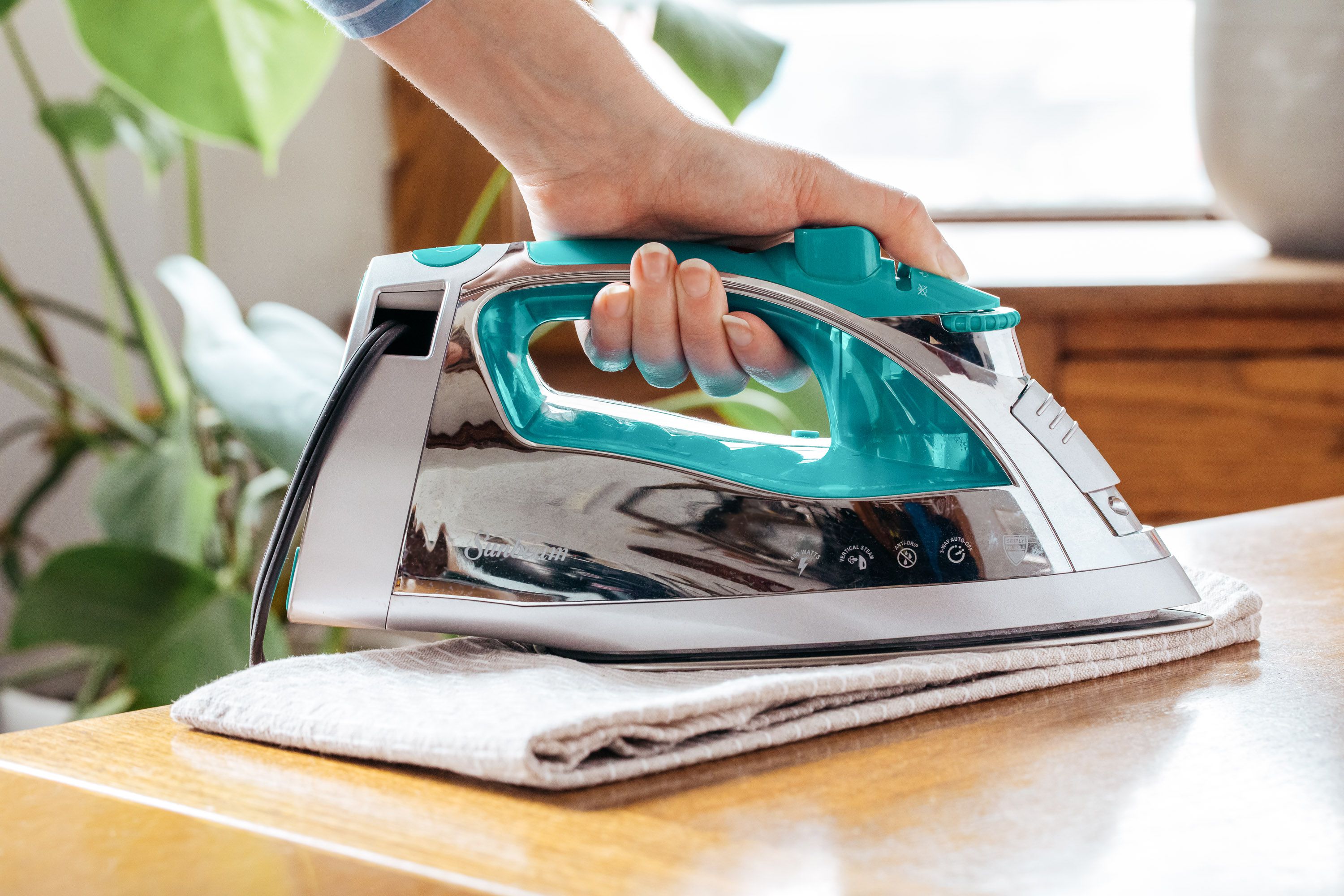
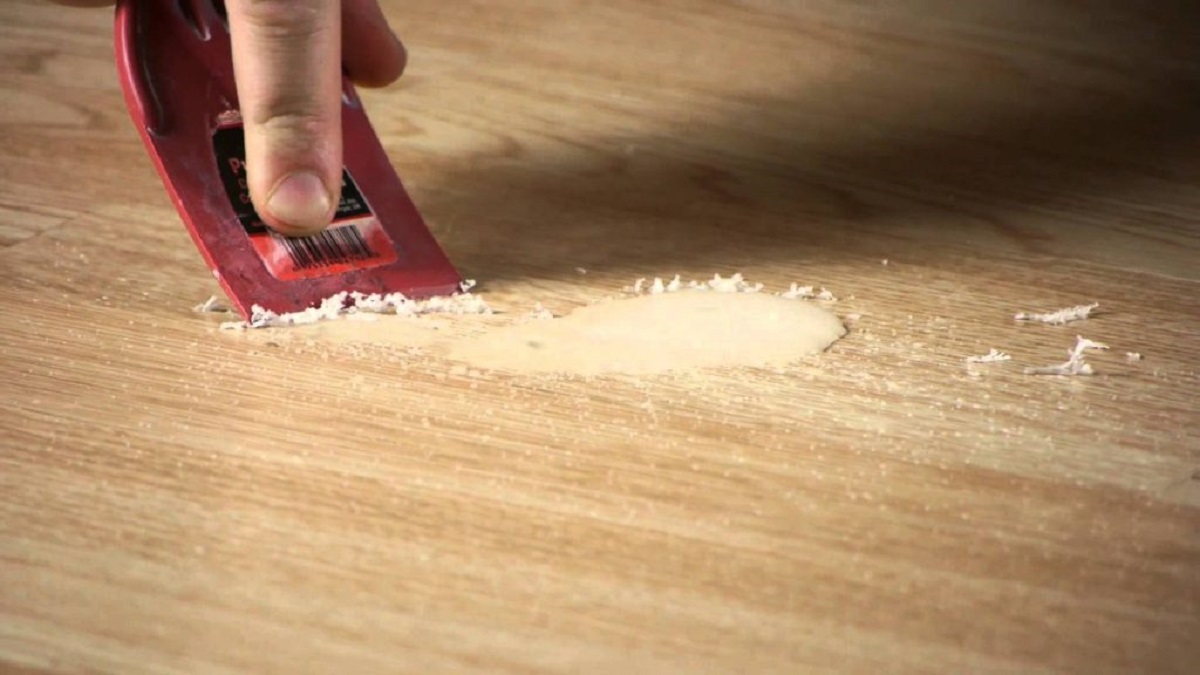





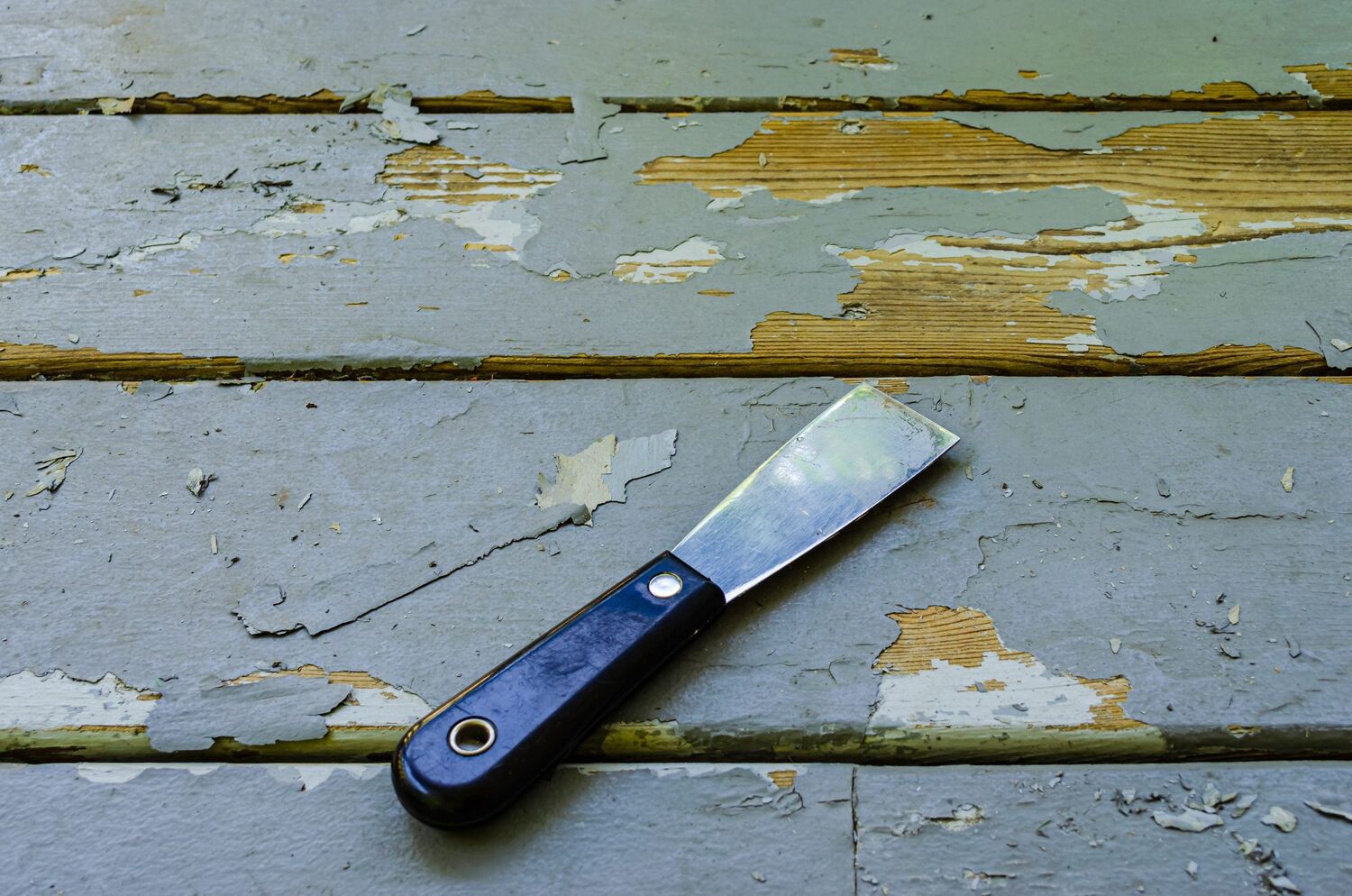
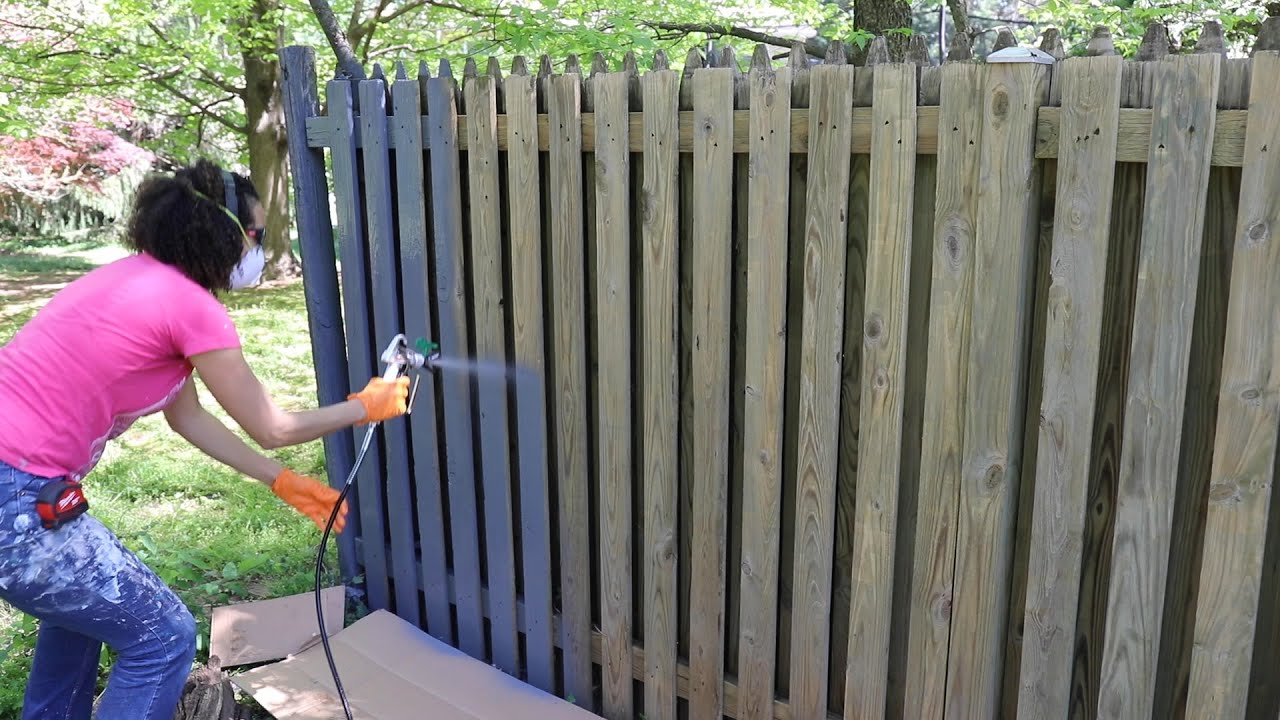
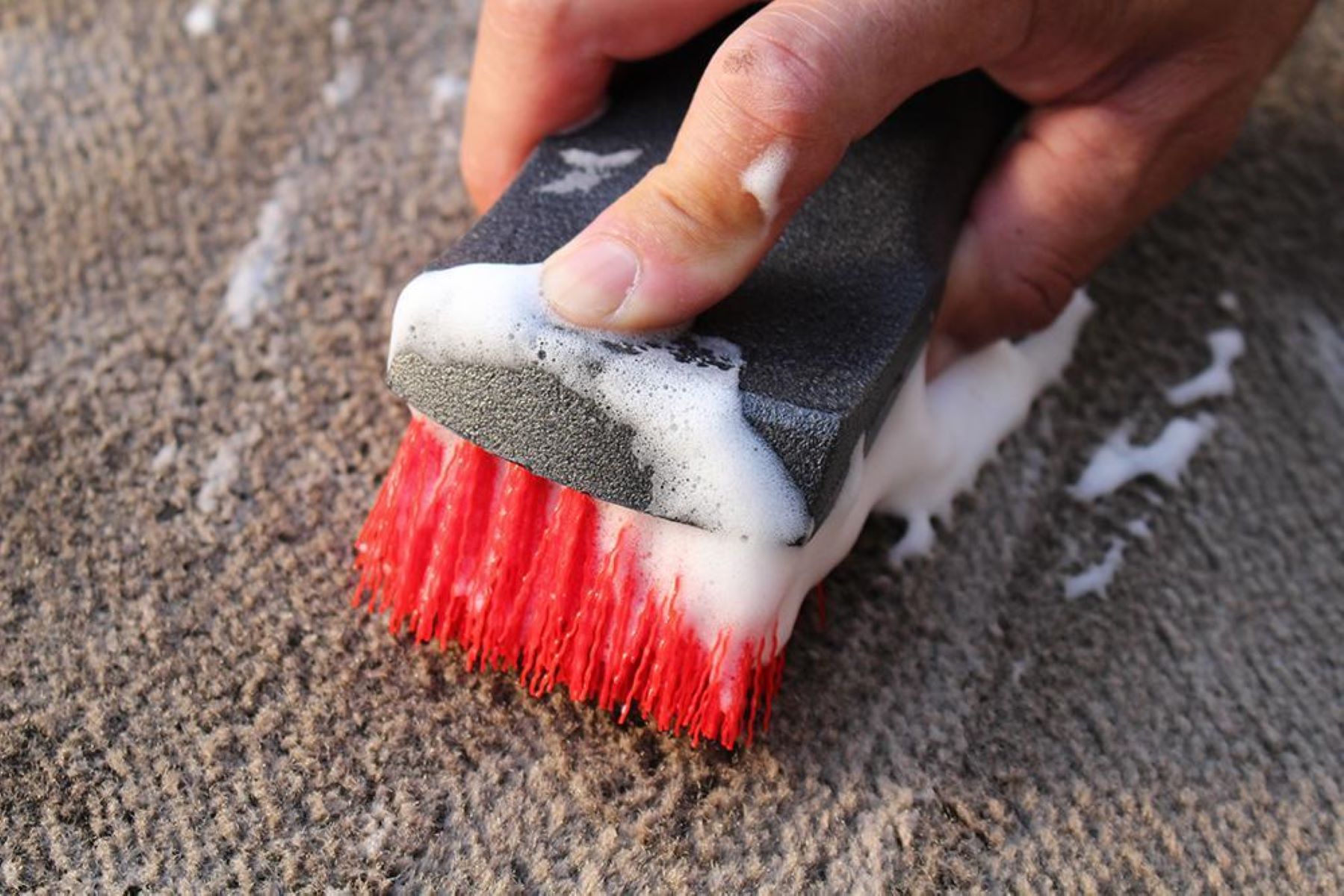
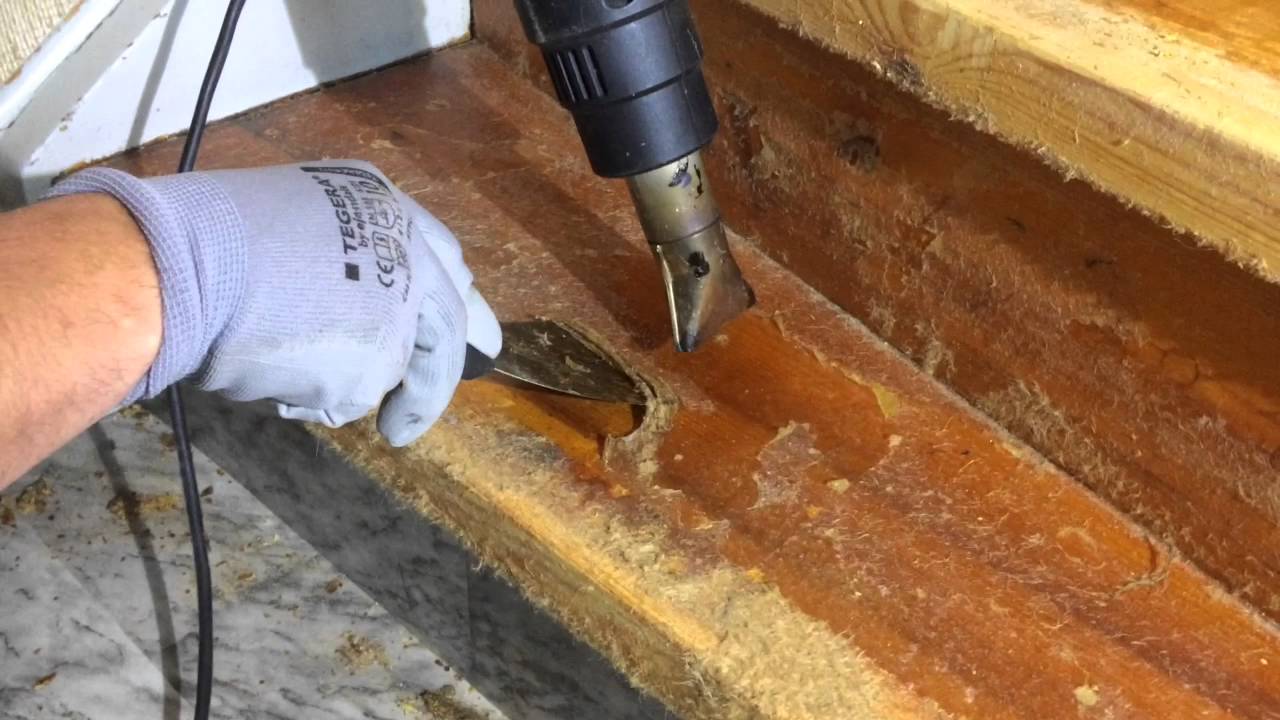
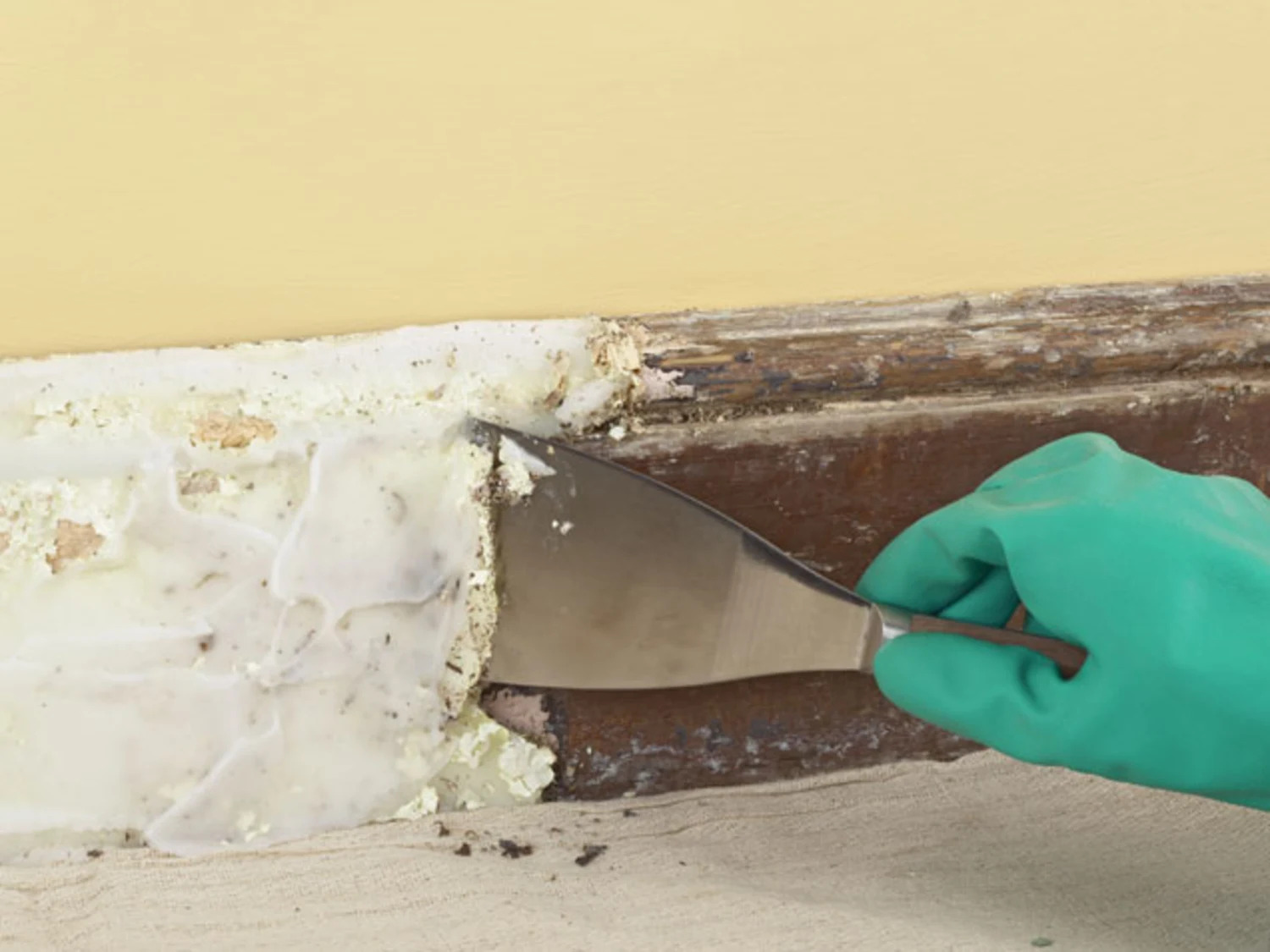
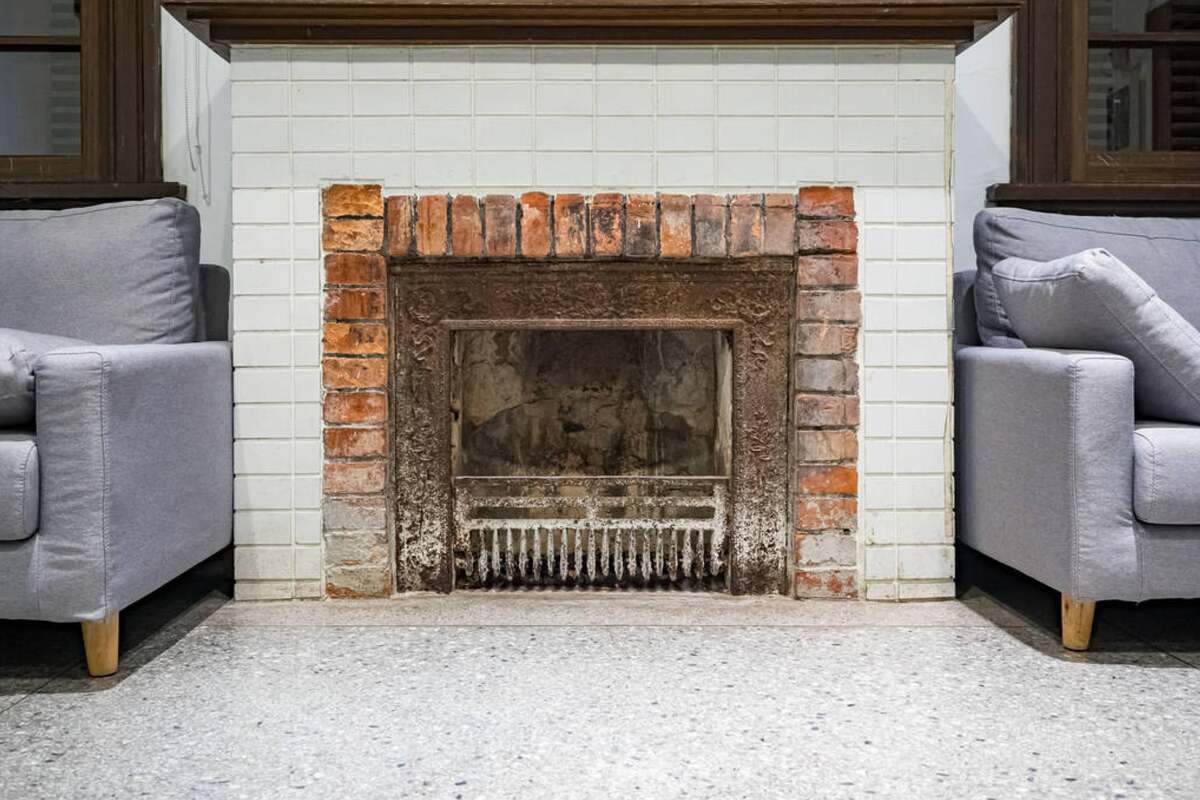

0 thoughts on “How To Remove Paint From Wooden Stairs”